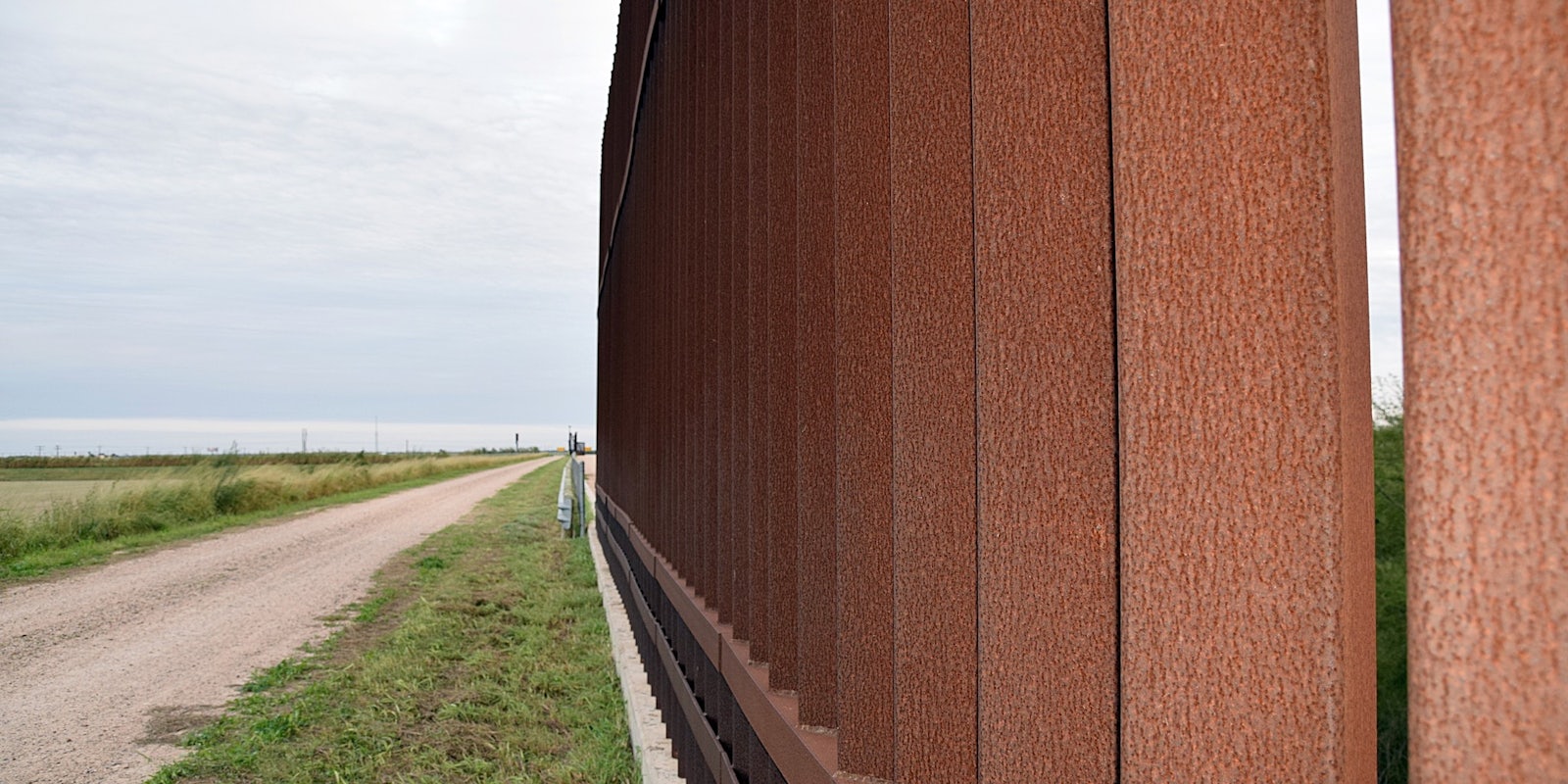President Donald Trump came to power by hanging his hat on the idea that a glorious wall along the US-Mexico border would be the be-all and end-all solution to illegal immigration in the United States. He was met by chants of “build the wall” at stops along the campaign trail where supporters worked themselves into a tizzy as the now-president crowed about deporting the roughly 11 million people in the country illegally (which is virtually impossible).
Everything else aside, however, there are numerous reasons critics say a border wall is not just bad politics — it won’t be very effective. First, there are still many other ways to cross a border, tunnels and ladders going under or over this great wall among them. Then there’s the cost; an estimated $15 billion to construct this enormous wall that would need to span nearly 2,000 miles.
But even if the wall were free (it’s not; Mexico isn’t paying) and tunnels and ladders didn’t exist, a gargantuan wall on the border wouldn’t have stopped nearly half of the people currently in the country illegally. Because nearly half of the undocumented immigrants currently in the country didn’t get here by sneaking across the border. Rather, they came to the US on legal visas and didn’t leave when they expired.
The most extensive research on people who overstay their visas (“overstays” as their called) was a study by the U.S. Immigration and Naturalization Service that found that 41 percent of those in the country illegally were overstays. The study was conducted in 1997, but that figure is widely accepted by most immigration experts as still being accurate today. In fact, some believe the number today is more in the ballpark of 50 percent.
In September of 2015, journalist Jorge Ramos used that figure to support his claim that 40 percent of undocumented immigrants in the U.S. get here by airplane as he argued against Trump’s plan to build a border wall. Punditfact, a website that fact checks comments made by political pundits like Ramos, found that Ramos’ claim that 40 percent of undocumented immigrants get her on planes likely isn’t accurate — there’s really no way to determine what mode of transportation immigrants use to get here. In disproving Ramos’ claim, the website circled back with immigration experts to see if the figure of 41 percent of undocumented immigrants being overstays rather than people who slipped across the border illegally.
“It is likely that the 40 percent figure is still valid and, if anything, the share of unauthorized immigrants who are visa overstayers is probably higher than 40 percent,” Jeffrey Passel, an immigration expert with the Pew Research Center, told the website.
Robert Warren, another immigration expert who worked at the INS at the time of the 1997 study, also told the site that he believes the percentage of undocumented immigrants who are overstays has likely increased, primarily because of the decline in Mexican nationals migrating to the U.S.
“Since 2000, arrivals from Mexico, who are about 85-90 percent ‘entries without inspection,’ have plummeted, while overstays have increased, or stayed at about their historical levels,” Warren said.
Over the weekend, Trump signed a controversial executive order banning travel to the U.S. by people from seven primarily Muslim, Middle-eastern countries. Undocumented immigrants and refugees from those countries make up less than two percent of those in the country illegally (likely much less) according to data from the Migration Policy Institute, and nationals from these seven countries have been responsible for precisely zero American deaths. Like his $15 billion wall, Trump’s order appears to be based more on campaign promises than any sort of rhyme or reason.



